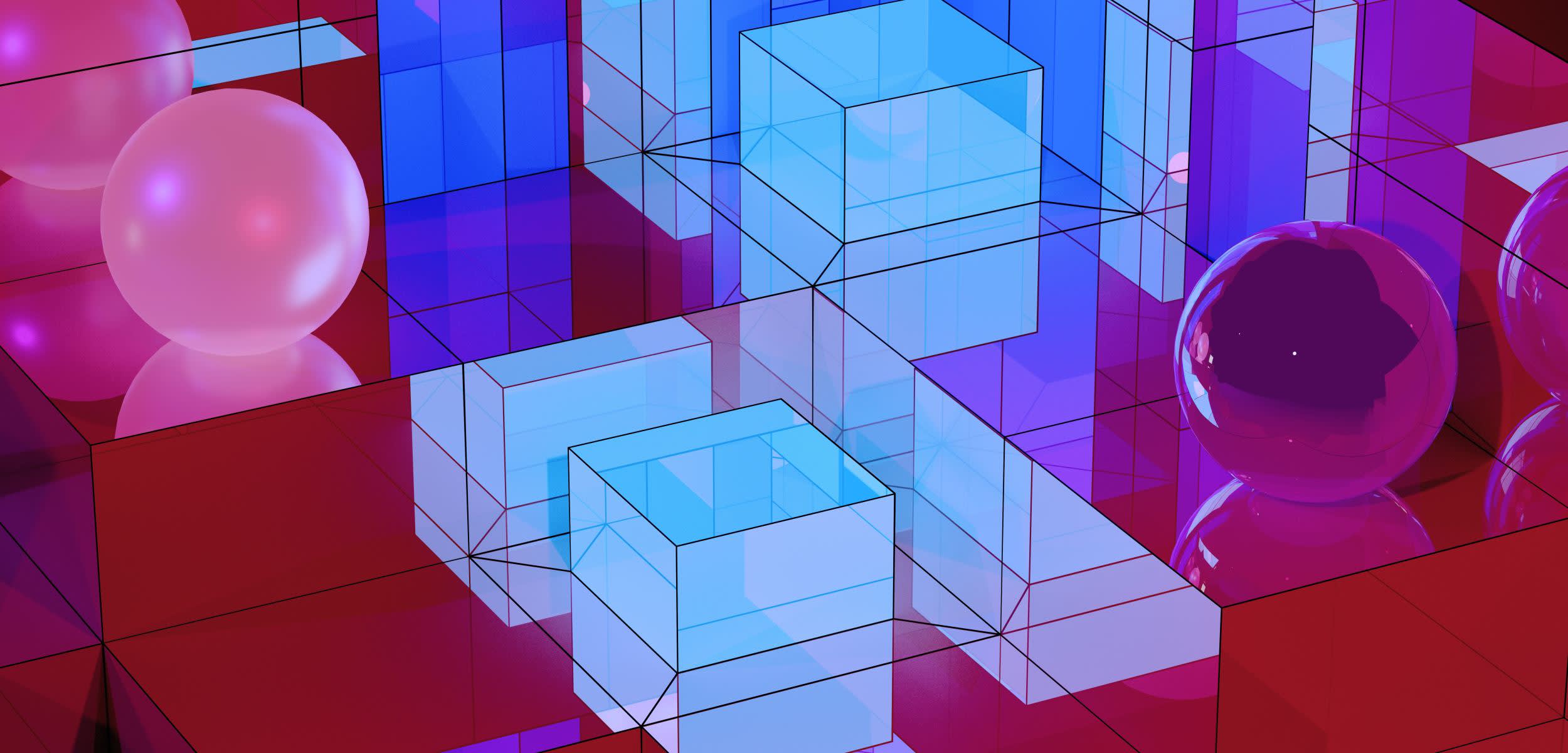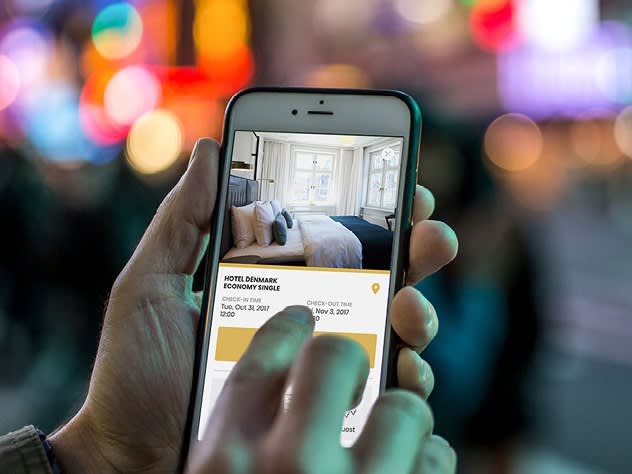Graphic Design: How AI is reshaping the Creative Landscape
AI-driven tools have brought us radical changes and a wealth of innovation, that's for sure. But where exactly do we see the biggest transformation and how can we work WITH it?

The consequences are making waves not only in the tech industry but also in the design landscape. Some even compare AI to electricity or the Internet as a tool that will fundamentally change the work of creatives. At which interfaces will it have the greatest influence? A guest article by Sonja Pham, deputy editor-in-chief of the German Grafikmagazin.

Creative Inspiration from the Engine Room
Most design processes start with a good idea - which then needs to be inspired and conceptualized. With AI-based tools, the possibilities here are taken to a new level and offer an almost inexhaustible source of material. Algorithms are able to analyze vast amounts of data for the topic you are looking for, find comparable works of art or campaigns and identify styles that can be used as a starting point for the creative process. The big advantage? No matter whether it is image-based apps like Midjourney or text-heavy programs like Chat GPT - AI can spark the creative spark, create moments of surprise and provide good inspiration.

Create personalized Results
Another key area where AI is redefining the design industry is personalization. By analyzing user data, AI software can create personalized designs based on the user's visual preferences and behaviors. This allows graphic designers to train on tools to create engaging designs that match their style and are tailored to their target audience. From tailored banner ads to personalized user interfaces, by analyzing successful designs, AI can make recommendations that help creatives achieve maximum impact.

The Power of Prediction
AI can not only use data from the past but also predict future trends. Sounds like magic? We are more transparent than you think: By analyzing market developments, consumer behavior and cultural trends, AI-controlled tools can help designers precisely tailor their work to predicted cultural developments. The result: Design not only follows trends, but sets them.

Playful Collaboration
Generative design allows designers to generate numerous design options using algorithms and parameters. These approaches not only promote creativity. They also ensure more effective collaboration. Teams can explore different design directions without spending hours creating designs manually. At the same time, monotonous tasks can be delegated to the machine - from automated layouts to generative designs based on user preferences. This saves valuable time – and creates space for experiments and innovation.
A new Era of Design
The integration of artificial intelligence into the design industry promises not only increased efficiency, but also a significant expansion of creative potential. From inspiration to collaborative implementation and individualized adaptation to future trends, AI has become a powerful tool for designers. The challenge now is to use these opportunities to shape a harmonious and sustainable creative future while respecting ethical boundaries.


